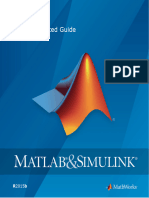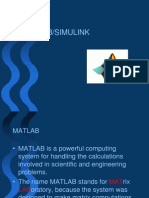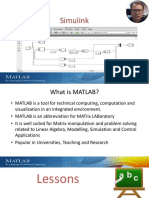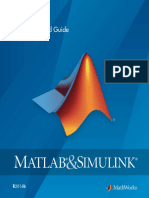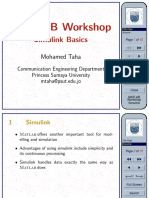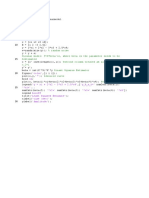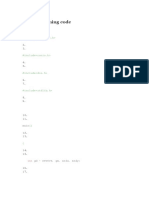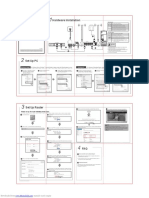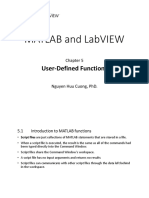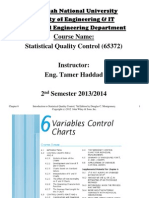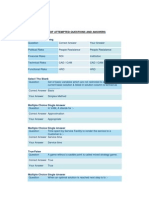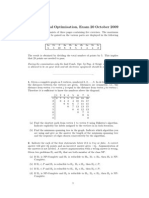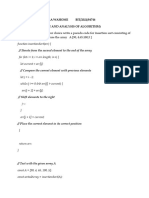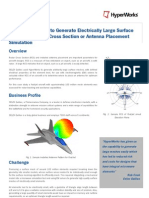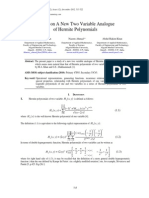0% found this document useful (0 votes)
88 views32 pagesMATLAB and LABView - Chapter 7 PDF
Simulink is a software package for modeling and simulating dynamical systems. It uses a graphical block diagram environment and a customizable block library. Models can contain both continuous and discrete system components. Simulink solves models numerically using variable-step and fixed-step solvers. Models can be broken into hierarchical subsystems and componentized for modularity. Example applications include control systems, signal processing, and embedded systems.
Uploaded by
vinh quocCopyright
© © All Rights Reserved
We take content rights seriously. If you suspect this is your content, claim it here.
Available Formats
Download as PDF, TXT or read online on Scribd
0% found this document useful (0 votes)
88 views32 pagesMATLAB and LABView - Chapter 7 PDF
Simulink is a software package for modeling and simulating dynamical systems. It uses a graphical block diagram environment and a customizable block library. Models can contain both continuous and discrete system components. Simulink solves models numerically using variable-step and fixed-step solvers. Models can be broken into hierarchical subsystems and componentized for modularity. Example applications include control systems, signal processing, and embedded systems.
Uploaded by
vinh quocCopyright
© © All Rights Reserved
We take content rights seriously. If you suspect this is your content, claim it here.
Available Formats
Download as PDF, TXT or read online on Scribd
/ 32





